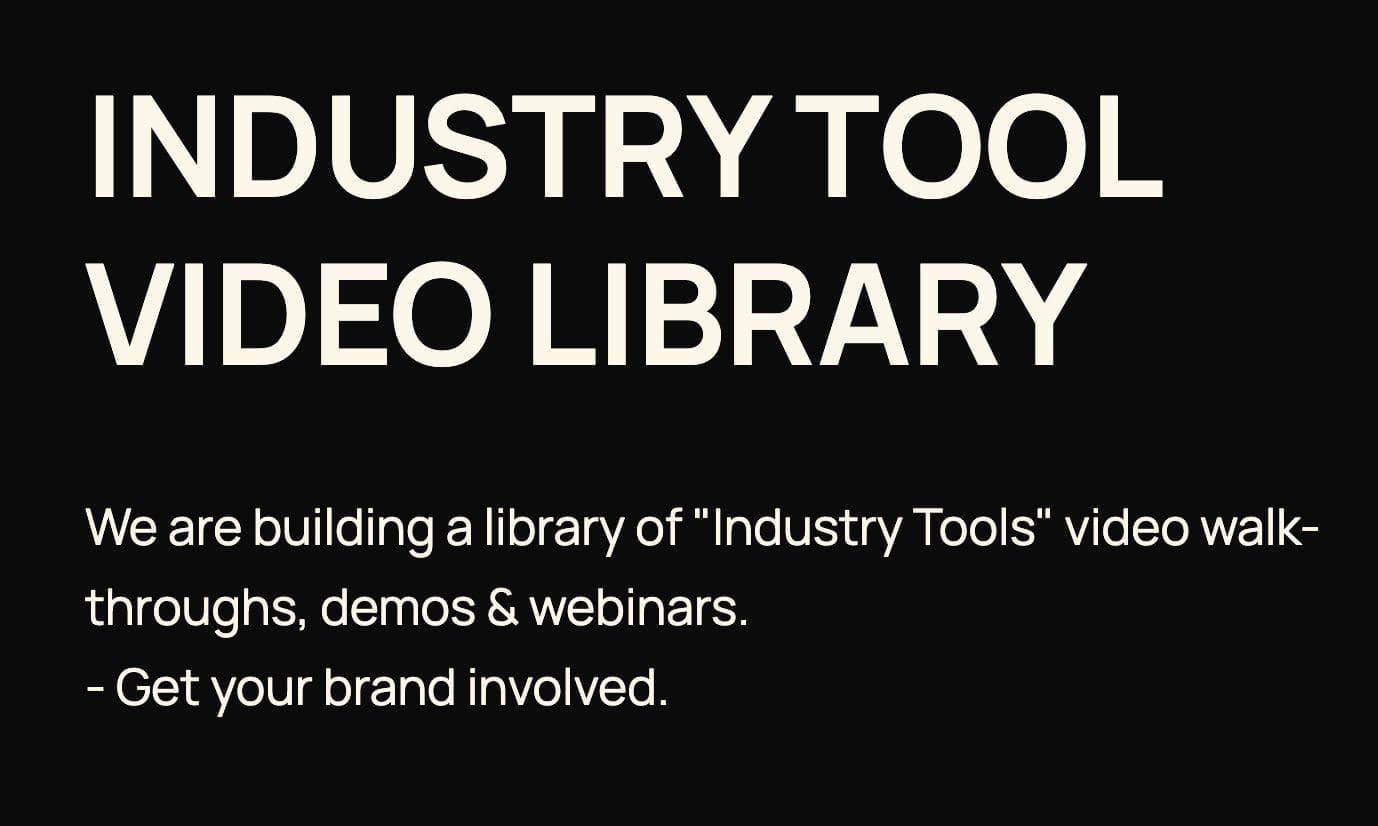AI Learning Centres:
- AI – Learn The Basics
- Get The Most From ChatGPT
- Branding in The Age of AI
- AI for Client Experience
- AI For Prospecting
- AI For Marketing
- AI For Listings & Ads
- Team Adoption of AI
- AI For PM
- AIO & Generative Search
- AI For Operations & Efficiency
- AI For Market Research & Analysis
- AI Ethics, Privacy & Compliance in Real Estate
Digital Marketing & Social Media Learning Centres:
Guides & Downloads

Disclosure Rules for AI-Generated Images & Copy
Why Disclosure Matters
Failing to flag AI-generated material can mislead buyers and tenants, breach consumer-protection law and damage hard-won trust. Clear labelling also protects your agency if regulators, vendors or the press question the authenticity of a photo or description.
Key Legal Foundations in Australia
Australian Consumer Law (ACL) – prohibits any “false, misleading or deceptive” representation. This applies to all marketing copy and imagery, no matter who or what created it. A current Treasury review confirms the ACL already reaches AI outputs and the penalties remain up to $50 million or 30 % of turnover for serious breaches. (Treasury)
State & Territory real-estate rules – each jurisdiction layers its own advertising standards onto the ACL. NSW is moving fastest: new Tenancy reforms will require a written disclaimer whenever an image is digitally altered and set fines of $5,500 (individuals) / $22,000 (businesses) for non-disclosure, with higher penalties for data-privacy breaches. (NSW Government)
Advertising Standards (AANA) – the industry’s 2025 AI Council of Experts is drafting national guidelines that stress transparency, watermarking and proof-of-performance claims for AI tools. Regulators are watching closely.
Copyright Act 1968 – works produced entirely by an algorithm may not attract copyright; if you cannot prove “independent intellectual effort”, anyone may reuse the asset. Human input (prompting, editing, curation) restores ownership, but you must also clear any third-party material used in training or prompts.
Emerging global rules – the EU AI Act (in force 2026) demands robust, machine-readable labels for AI content; US FTC has warned there is “no AI exemption” from truth-in-advertising laws. Even though these are overseas, multinational portals and social platforms are likely to adopt the same labelling defaults. (Artificial Intelligence Act EU)
Ethical Duties Beyond the Rule-book
Transparency builds trust – buyers feel cheated if they discover later that blue-sky photos or glowing descriptions were synthetic.
Accuracy first – the LJ Hooker “fake schools” incident proved that unchecked generative text can invent facts and expose an agency to public ridicule and ACCC scrutiny.
Fairness & bias – AI can amplify stereotypes (e.g., only generating high-income households in lifestyle images). Review outputs through a diversity lens.
Respect for creators – do not scrape photographers’ or copywriters’ work without permission.
Current Rules for Images
Virtual staging, sky swaps, object removal – must be disclosed clearly in the caption or watermark, e.g. “Image digitally enhanced”.
Synthetic rooms or furnishings – NSW now demands disclosure; other states rely on ACL but industry bodies recommend the same wording to avoid penalties.
Alterations that hide defects (mould, cracks) are expressly banned; no disclaimer will save you.
Current Rules for Copy
AI-drafted descriptions are legal only if a human verifies every fact. Listing invented schools, transport or views is still misleading conduct.
Performance claims (“Rental yield set to jump 10 %”) need evidence you can substantiate on request.
Recommended disclaimer for routine blurbs:
“This summary was prepared with the assistance of artificial-intelligence software and has been reviewed for accuracy. Prospective purchasers should make their own enquiries.”
Five-Step Disclosure Checklist
Detect – tag any image or paragraph created or materially changed by AI.
Decide – if the change is cosmetic (e.g., brighter sky) add a caption; if the content creates something that doesn’t exist (e.g., virtual furniture) use a full watermark.
Declare – place the notice within the photo frame or immediately below the text, not hidden in the footer.
Document – keep the original file, AI prompt and human sign-off in your compliance folder for at least five years.
Double-check – run a final human review focusing on: facts, potential bias, protected attributes, and copyright red-flags.
Sample Labels You Can Re-Use
Photos – “Digitally enhanced with AI – fixtures may vary.”
Floor-plans – “Computer-generated for illustration; dimensions approximate.”
Copy – “AI-assisted; human-verified.”
Practical Risk-Mitigation Tips
Build an internal “AI Usage Register” noting the tool, prompts, version and reviewer.
Use tools offering built-in watermarking so the disclosure travels when the image is reshared.
Train staff to spot hallucinations (e.g., fictitious landmarks) before a listing goes live.
Have a policy for prompt approvals, just as you do for external marketing briefs.
Looking Ahead
Expect other states to mimic the NSW model within 12-18 months.
Industry codes will likely mandate machine-readable watermarks aligned with the EU approach.
Creative agencies predict a future where portals refuse uploads that lack verified disclosure metadata.
Take-away
Label everything generated or heavily edited by AI, keep your claims truthful, and maintain clear human oversight. That one habit turns an ethical obligation into a simple legal safeguard—protecting your reputation and your clients in a single stroke.
Author – Ken Hobson.






